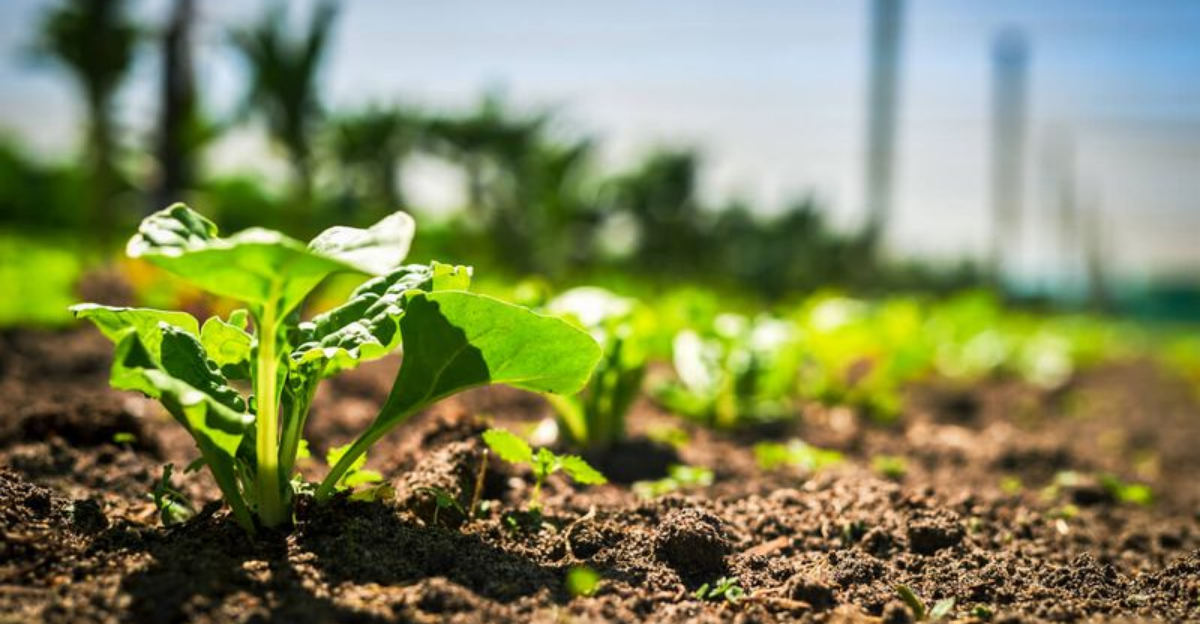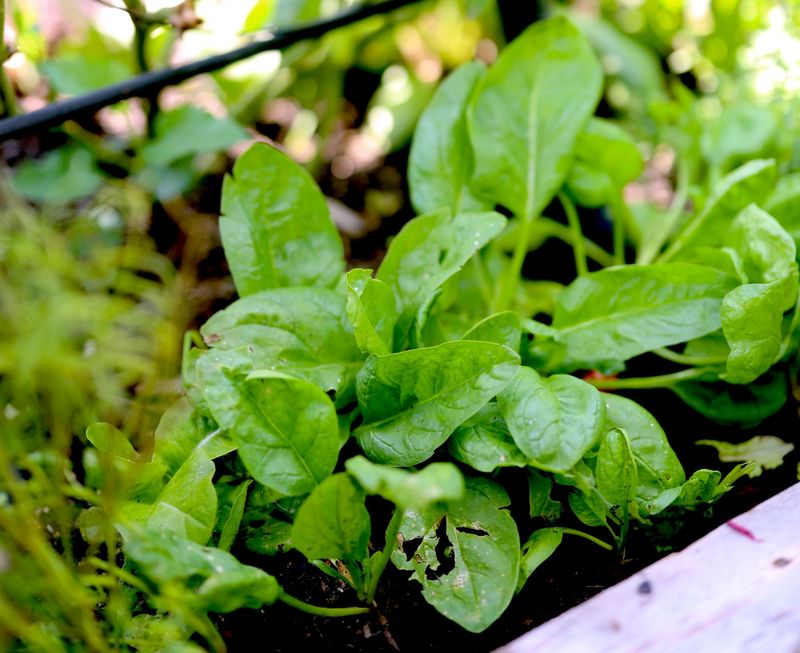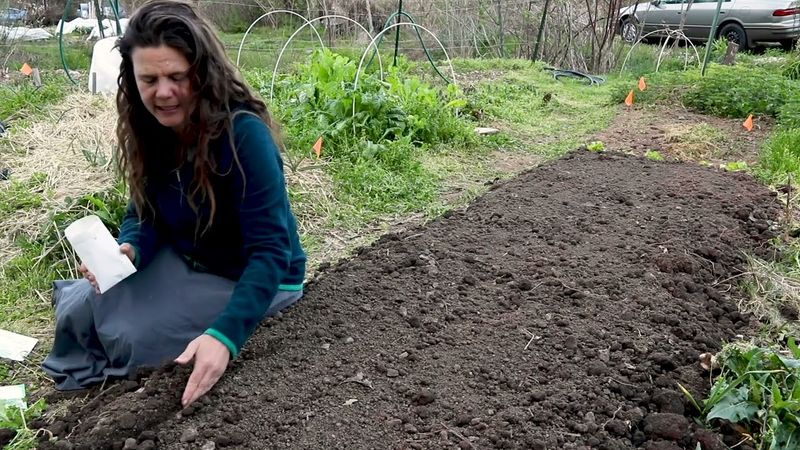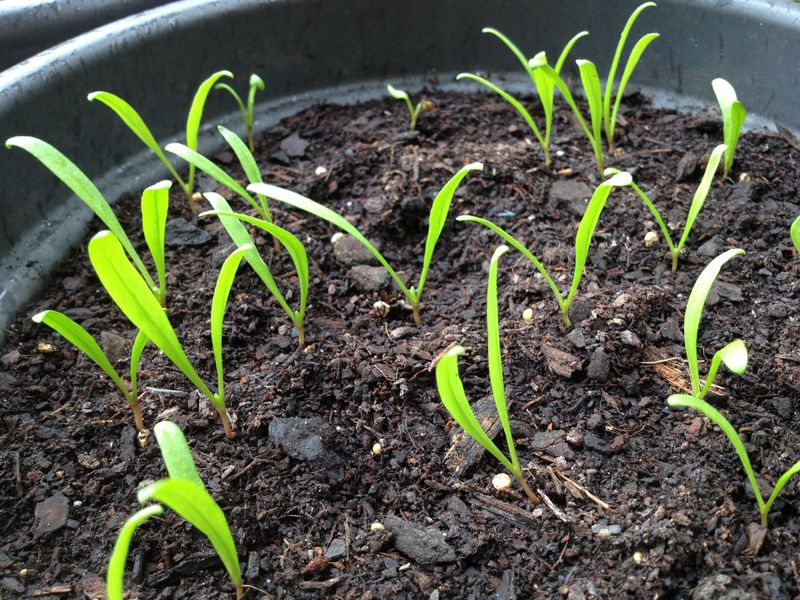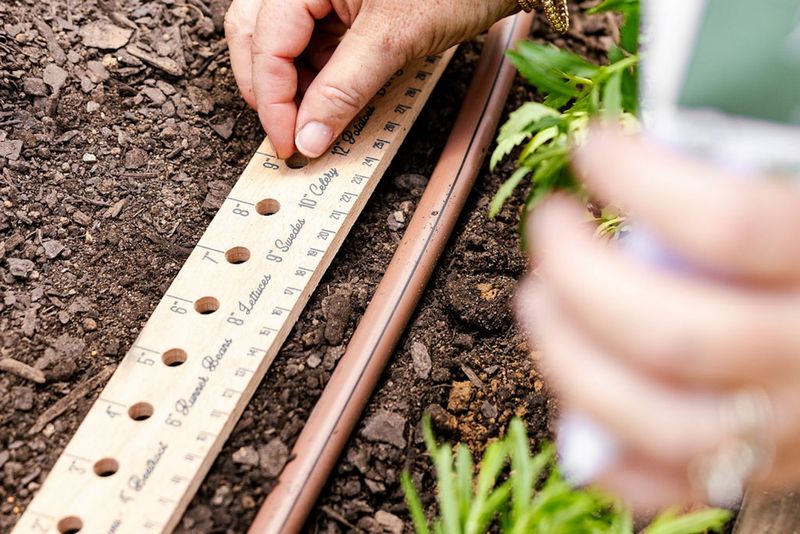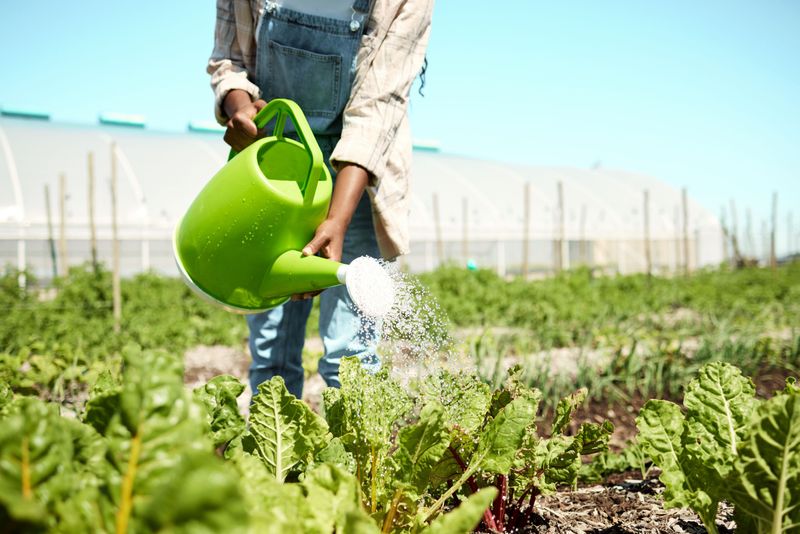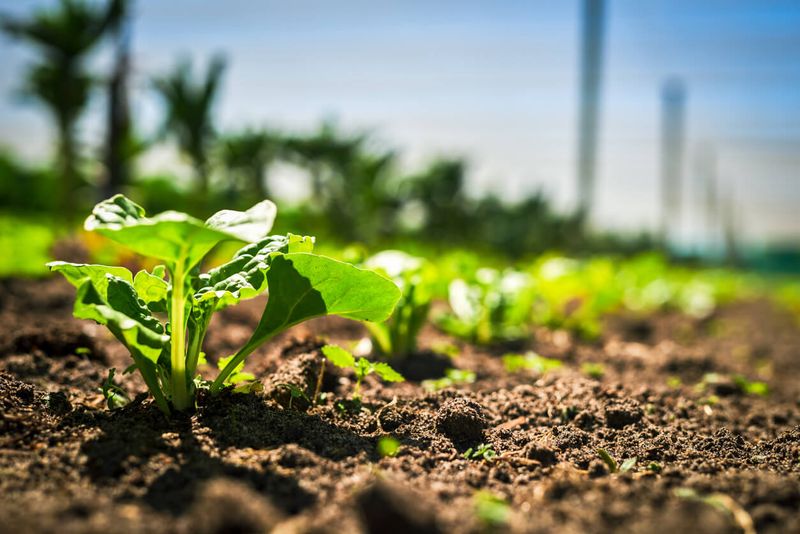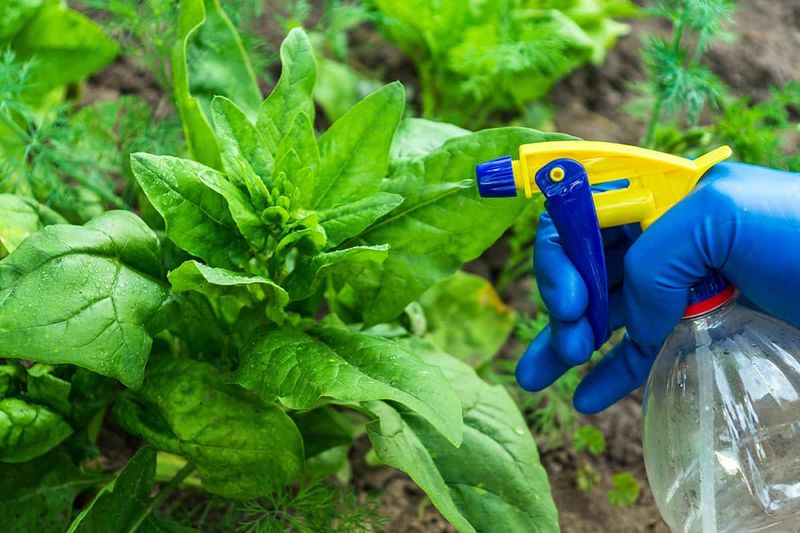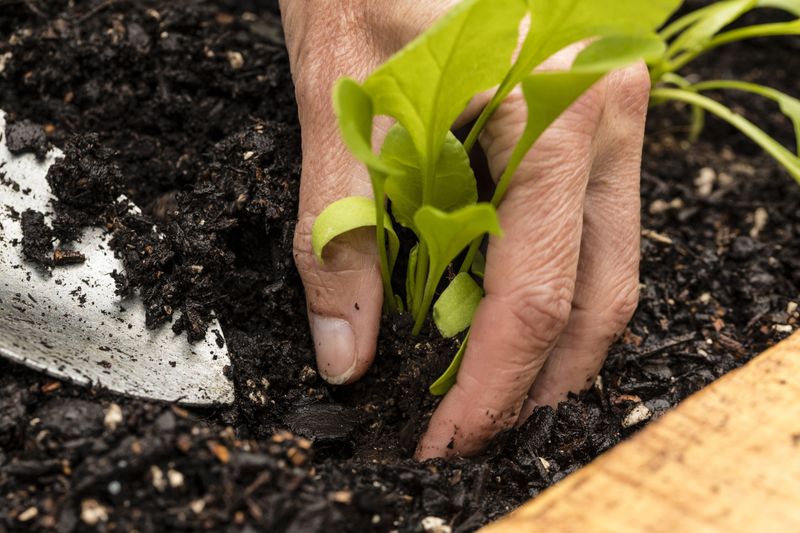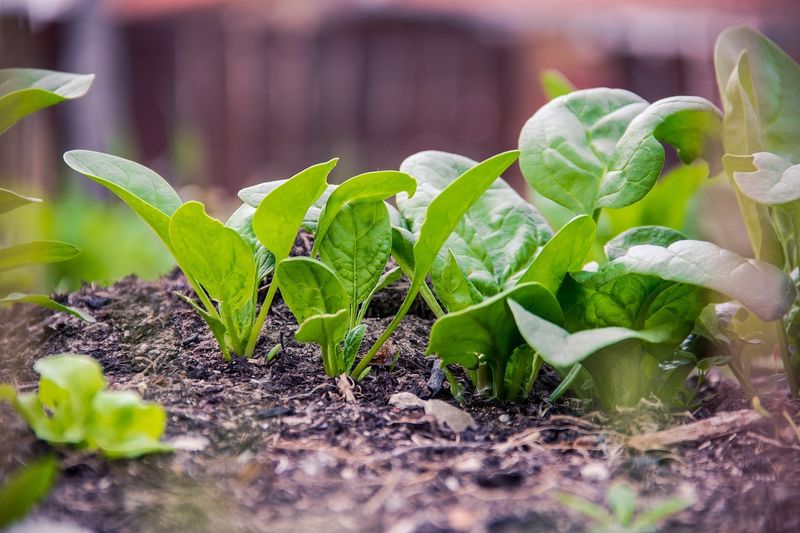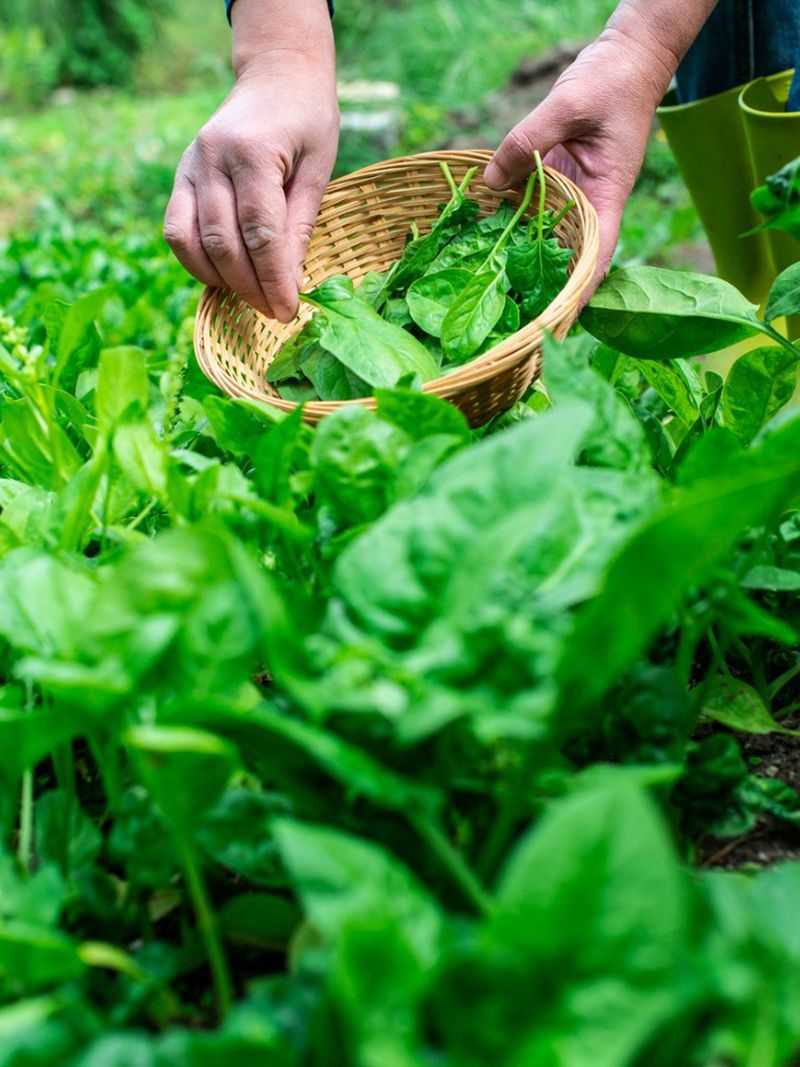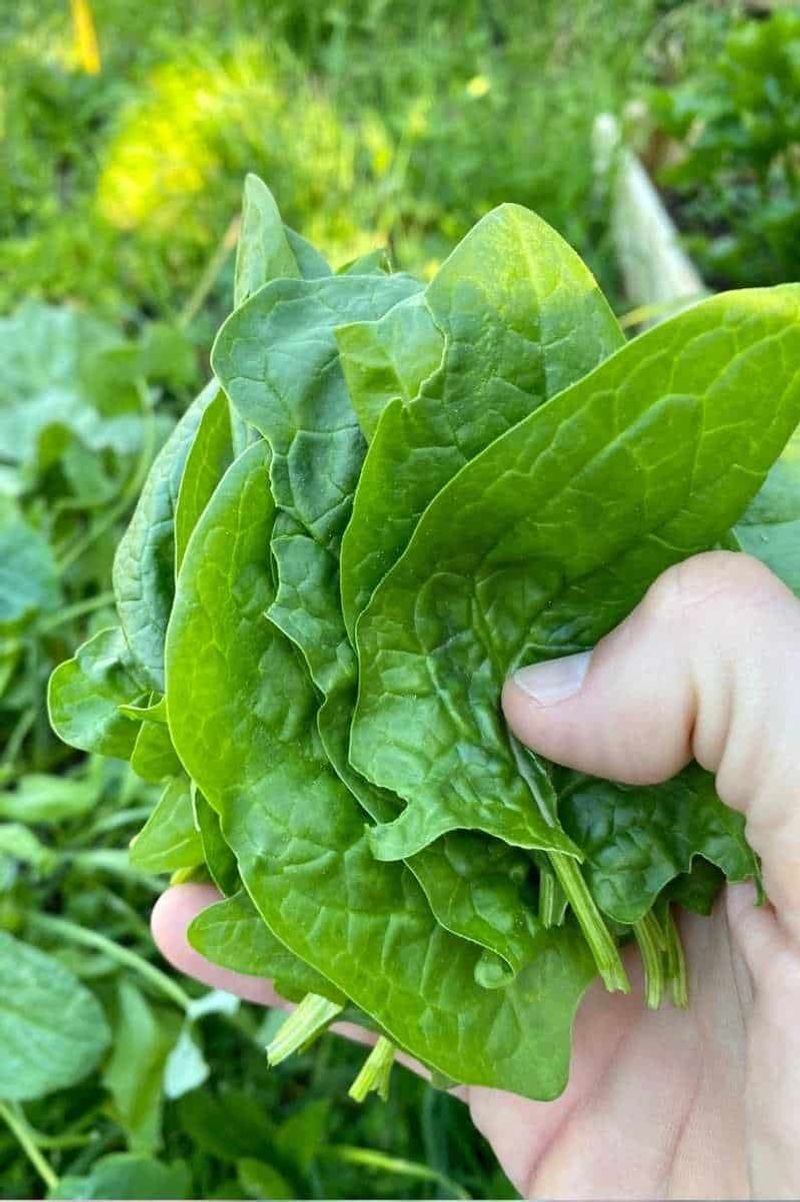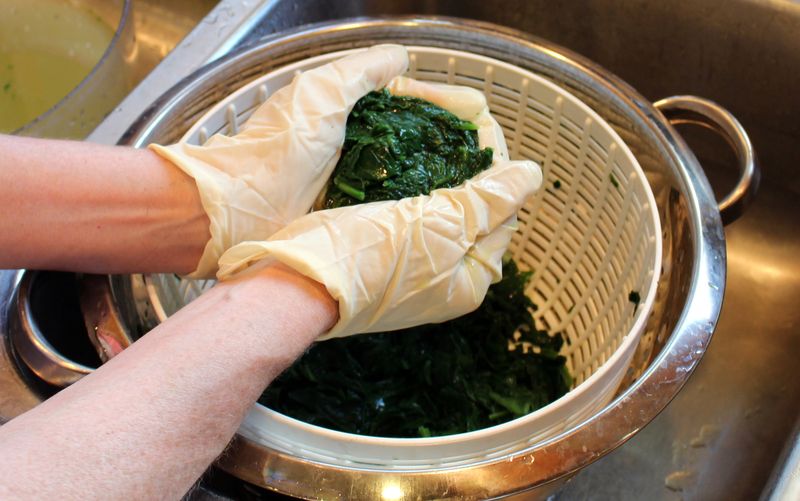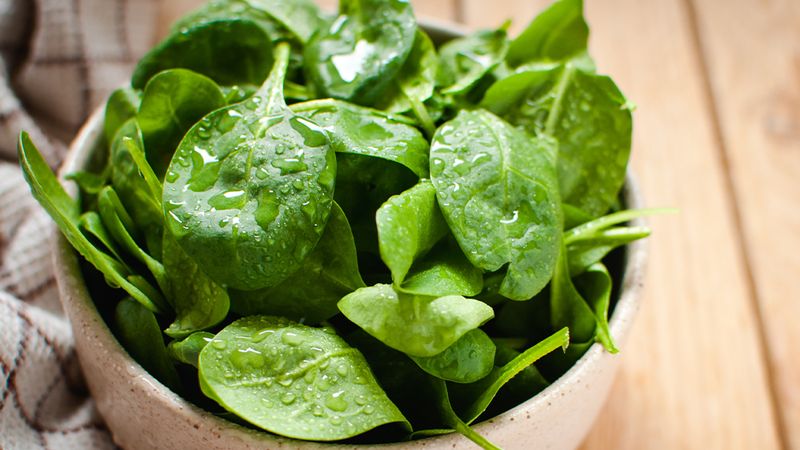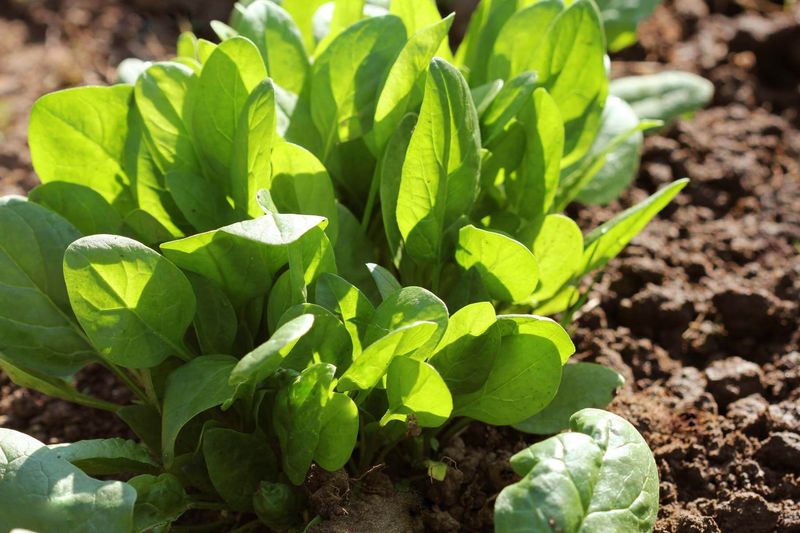Embarking on the journey of growing spinach offers both the joy of gardening and the reward of harvesting fresh, nutritious greens. Whether you are an enthusiastic beginner or a seasoned gardener, cultivating spinach can be an enriching experience.
This guide outlines 15 simple steps to grow, harvest, and savor the delightful taste of homegrown spinach.
From selecting the right seeds to enjoying your harvest, each step is carefully crafted to ensure a bountiful yield. So, get ready to dig your hands into the soil and watch your garden come to life, full of vibrant, green spinach leaves.
1. Choose the Right Spinach Variety
Selecting the right spinach variety is the first crucial step in your gardening journey. Spinach comes in different types like savoy, semi-savoy, and smooth-leaf, each with its unique characteristics.
Consider your local climate and soil conditions when choosing the variety, as some types are more heat or frost-resistant than others. A well-informed choice will set the foundation for a successful growth cycle.
Talk to other local gardeners or visit a local nursery to get recommendations. Their insights can be invaluable, providing you with tried and tested advice tailored to your area.
2. Prepare Your Soil
Healthy spinach starts with well-prepared soil. Ensure your garden bed is rich in organic matter and has good drainage. Spinach thrives in soil with a pH between 6.0 and 7.5, so it’s a good idea to test and amend your soil accordingly.
Remove weeds and work in compost to improve soil fertility. This step is essential for providing the nutrients spinach needs to grow robustly. Don’t forget to loosen the soil to allow for proper root expansion and water penetration.
3. Timing Your Planting
Timing is everything when it comes to planting spinach. Spinach prefers cooler temperatures, making spring and fall the ideal seasons for planting. Sow your seeds or transplant seedlings when temperatures are between 40°F and 75°F for optimal growth.
By following these guidelines, you ensure that your spinach plants have the best conditions to thrive. This careful timing helps avoid bolting, which is when the plant goes to seed prematurely, often caused by heat stress.
4. Seed Sowing Techniques
Mastering seed sowing techniques can ensure robust spinach growth. Sow seeds about half an inch deep and one inch apart, in rows spaced about a foot apart. This spacing allows each plant enough room to grow without competition for resources.
Water the seeds gently but thoroughly after planting. Keep the soil consistently moist until germination, which typically takes about five to ten days. These techniques facilitate even growth and reduce the risk of disease.
5. Watering Wisely
Proper watering is vital for healthy spinach growth. Spinach requires consistent moisture, so aim to water the plants deeply once or twice a week, depending on your climate. Mulching can help retain soil moisture and reduce watering frequency.
Avoid overhead watering to prevent fungal diseases. Instead, deliver water directly to the base of the plant. Monitoring the soil’s moisture level and adjusting your watering schedule will help prevent issues like root rot or drought stress.
6. Fertilize for Success
Fertilizing spinach is essential for promoting lush, green leaves. Use a balanced organic fertilizer, applying it at planting and again when the plants are about half-grown. This feeding schedule supports continuous growth and leaf production.
Be cautious not to over-fertilize, as this can lead to excessive leaf growth at the expense of taste and texture. Following the recommended guidelines on the fertilizer package ensures your spinach receives the nutrients it needs without overdoing it.
7. Control Pests and Diseases
Keeping your spinach free from pests and diseases requires vigilance. Common pests include aphids, leaf miners, and slugs, which can damage your plants if left unchecked. Regularly inspect leaves for signs of infestation and take action promptly.
Use natural pest control methods such as introducing beneficial insects or using insecticidal soap. Maintaining clean garden conditions and rotating crops can also help prevent disease outbreaks. By staying proactive, you can ensure a healthy spinach crop.
8. Thinning Seedlings
Thinning seedlings is essential for ensuring healthy spinach plants. Once your seedlings have grown to about two inches tall, thin them to allow each plant enough space to develop fully. Aim for a spacing of about four to six inches between plants.
Doing this reduces competition for light, water, and nutrients, leading to stronger, more vigorous plants. Thinning might feel wasteful, but it’s crucial for the overall success of your crop. Remember, healthier plants produce better yields.
9. Weed Management
Weed management is a crucial step in growing spinach successfully. Weeds compete with spinach for nutrients and water, often outpacing the slower-growing spinach. Regularly inspect your garden and remove weeds by hand or with a hoe.
Mulching around plants can discourage weed growth and help maintain soil moisture. Keeping a vigilant eye on your garden and acting quickly ensures your spinach receives all the resources it needs for optimal growth.
10. Harvesting Spinach
Harvesting spinach at the right time guarantees the best flavor and texture. Begin picking leaves when they are large enough to eat, usually about six to eight inches long. You can either harvest the entire plant or pick individual leaves as needed.
This method allows for continuous production, as new leaves will grow in place. Harvesting in the early morning ensures the leaves are crisp and full of moisture, enhancing their taste and nutritional value.
11. Post-Harvest Handling
Proper post-harvest handling maintains the quality of your spinach. Once harvested, rinse the leaves gently under cold water to remove dirt and insects. After washing, dry them thoroughly, either with a clean towel or in a salad spinner.
Store spinach in the refrigerator, ideally in a breathable bag to prolong freshness. Proper handling techniques will ensure that your spinach stays crisp and delicious for as long as possible, ready to be enjoyed in your favorite dishes.
12. Cooking with Spinach
Spinach is versatile in the kitchen, lending its vivid color and nutrition to a wide array of dishes. Whether sautéed, incorporated into salads, or blended into smoothies, the options are endless. Fresh spinach brings a unique flavor and texture to each meal.
Experiment with different recipes to find your favorite ways to enjoy spinach. Remember that cooking can reduce the leafy green’s volume significantly, so use generous amounts when preparing cooked dishes to savor its full goodness.
13. Preserving Spinach
Preserving spinach ensures you enjoy your harvest even after the growing season. Freezing is a popular method; simply blanch the leaves in boiling water for a minute, then plunge them into ice water.
Once cooled, drain and pack them into airtight containers for freezing.
This process retains the nutritional value and flavor of the spinach. Having preserved spinach on hand means you can enjoy its benefits year-round, adding it to soups, stews, and casseroles whenever you like.
14. Sharing Your Bounty
Sharing the fruits of your labor can be incredibly rewarding. Whether giving away surplus spinach to friends, family, or neighbors, you’re spreading the joy of fresh, homegrown produce.
Consider setting up a small roadside stand or participating in a local farmers’ market.
Sharing not only benefits your community but also fosters connections and encourages sustainable practices among your neighbors. Enjoy the satisfaction of knowing your hard work is nourishing others.
15. Reflect and Plan for Next Season
Reflecting on your spinach growing experience is essential for future success. Take notes on what worked well and what didn’t, including weather conditions, pest control methods, and harvest times. This reflection will guide your planning for the next growing season.
Consider experimenting with different varieties or adjusting your planting schedule based on your observations. Continuous learning and adaptation are key to successful gardening, ensuring each season is more fruitful than the last.
